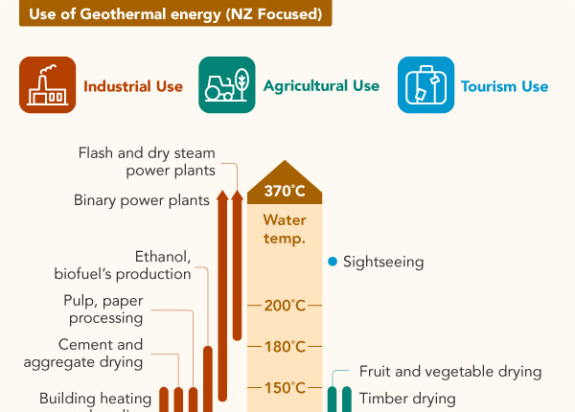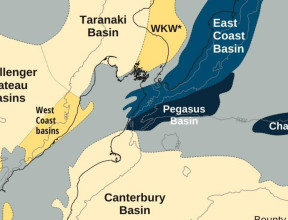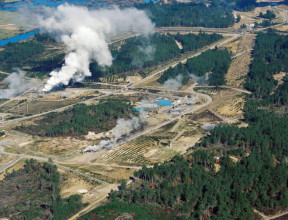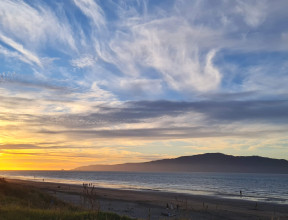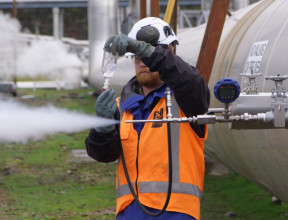
Geothermal energy uses
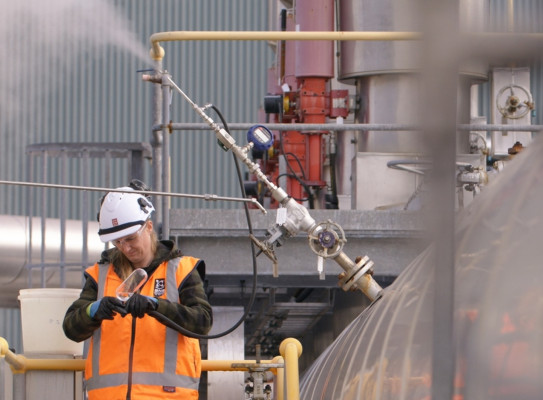
Geothermal energy starts from within the earth’s core and rises to the surface.
Geothermal energy is heat
In some areas of Aotearoa New Zealand, there is a film of magma (molten rock) that is quite shallow — about 5-10 kilometres below the earth’s surface. The water circulating above these areas gets very hot, and when it reaches the near surface it can be over 300 degrees Celsius. This hot water can appear on the earth’s surface as mud pools, geysers, fumaroles and steam.
How is it converted?
To convert this energy into electricity, deep wells are drilled into underground reservoirs to extract water and steam through pipelines. It is then run through turbines rotated by steam. A generator produces electricity, the water is injected back into the reservoir, and a small amount of steam containing CO2 is released into the atmosphere.
While the natural water and steam produced by geothermal energy has been used for hundreds of years, we still have more to learn about this valuable and plentiful energy source.
How is geothermal energy used?
Because geothermal heat is natural and replenishes itself, it’s called renewable energy – it is always running, 24/7! Unlike hydro, wind or solar power, it doesn’t depend on the weather.
Geothermal energy can be used for heating, cooling, drying, bathing, cooking, food and paper production, generating electricity, and much more. It’s also a major source of tourism — people enjoy bathing in hot pools, visiting geysers and mud pools, and learning about traditional uses.
